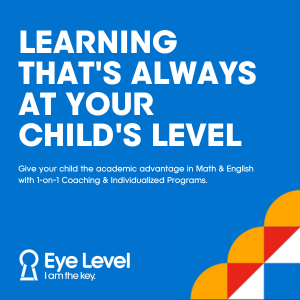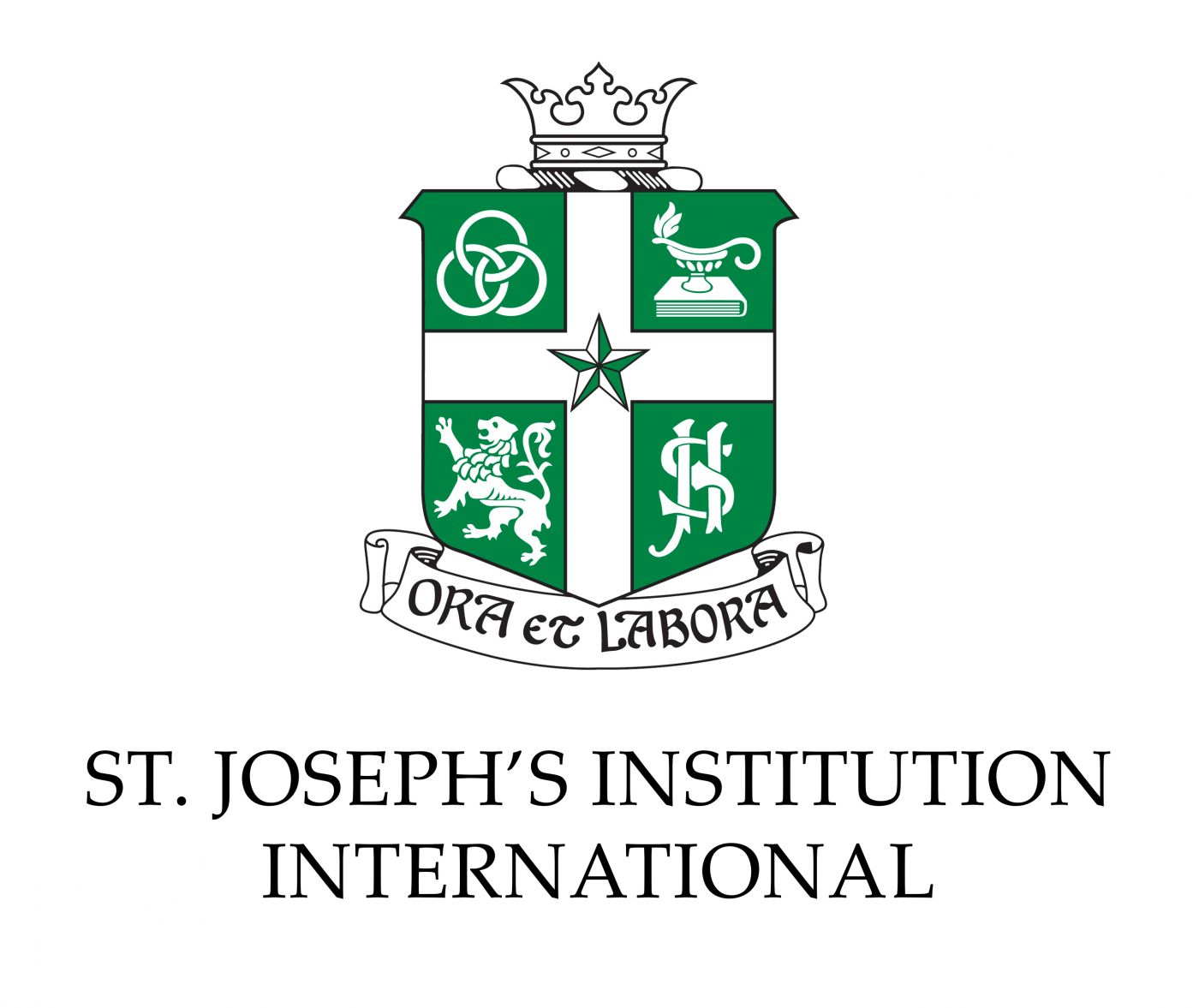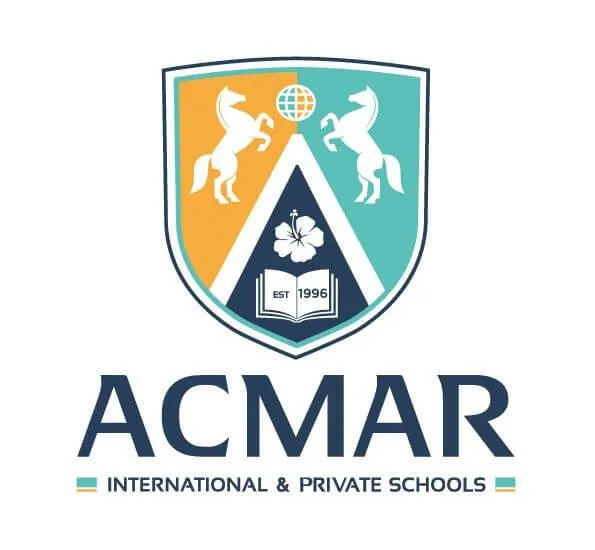A typical primary education lasts for at least six years. The age of an average primary school student is six years old and they will receive a primary school education education until the age of twelve before they enter primary school.
Once parents have selected a primary school, they will need to prepare their children for the primary school experience. This includes helping children adjust to the daily routine of attending school and introducing the idea of school to them. In addition, parents should also talk about what happens in primary school – what goes on, how fun it will be, and how he or she will make lots of friends.
In the year leading up to the start of primary school, parents are encouraged to visit the primary school with their children to familiarise them with the primary school environment. Parents can also attend trial classes and workshops if they are offered by the primary school. This will give a chance for their children to socialise with their peers.
What is Primary School?
A primary school is simply defined as an elementary school, junior school or grade school where children receive a primary or elementary education. Typically, children enter primary school after completing preschool. A primary education prepares children to transition to secondary school.
Age Group Of Primary School? Best age to start?
In Malaysian national schools, children enter primary school at age seven. Primary education is compulsory for all Malaysian children. Generally, children will be in primary school for six years. The foundation of primary education in Malaysia lies in the School Based Assessment (PBS), a system that embraces both academic and non-academic components to foster the holistic development of students. The academic component covers classroom assessment while the non-academic component covers psychometric and physical activity assessment.
On the other hand, the beginning of primary education at international schools depend on the curriculum offered by the respective schools. Schools that follow the British Curriculum will accept children aged four or five enter Reception, which marks the first year of primary education. They will then progress to Year 1 as part of Key Stage 1 at age five or six. For the American Curriculum, children begin their primary education at elementary school at age four until 11.
The benefits and importance of Secondary Schools
A primary school education is important as it provides children with basic academic skills that lay the foundation for the rest of their schooling years. In addition, it gives children the opportunity to develop their social skills and communication skills. Primary schools are usually the first place children will meet children from different religions, races and socioeconomic statuses. In addition, a primary school environment teaches children about moral values such as tolerance and respect.
Furthermore, primary school students are taught literacy skills that can be applied throughout their lives such as reading, writing and spelling. They will also have a chance to develop soft skills such as concentration, time management, multitasking, being able to work in a team and many more.
What is the Primary School curriculum?
The general subjects taught at national primary schools are Malay, English, Mathematics. Science, Local Studies, Civics and Citizenship Education as well as Religious Education. For international schools offering the American Curriculum, the core subjects at each level are English language, arts, mathematics, science and social studies. On the other hand, British international schools teach students the fundamentals of mathematics and English. Science, technology, humanities and arts subjects are also introduced as multi-disciplinary topics and integrated in school projects.
Types of Primary Schools
Primary school education is available at national, private and international schools. The primary school structure depends on the curricula offered at each school. Generally, national primary schools consist of lower and upper primary levels. Primary education at British international schools happens at Key Stages 1 and 2 (four to 11 years old). On the other hand, primary education at American international schools is completed at Elementary level whereas international schools that follow the International Baccalaureate Curriculum have the Primary Years Programme.
Types of Primary Schools in Malaysia
Government-funded national schools and vernacular schools (with Mandarin and Tamil as media of instruction) offer the Malaysian Kurrikulum Standard Sekolah Rendah (KSSR) curriculum. There are also private schools offering the national curriculum that have more facilities and smaller class sizes. In addition, Malaysia has over 100 international schools offering international curricula and globally recognised qualifications.
How do you apply for Primary Schools?
For national schools, parents can submit an online application on the Ministry of Education website as early as two years before their child turns seven years old. In the application, parents can select their school of choice and provide the documentation needed. Several high-performance schools require additional assessments to gauge a child’s language proficiency and academic skills.
Parents who are interested in enrolling their children in international schools can contact the school directly for application purposes. Generally, the international school application process involves payment of registration fee and assessment test. If the child meets all requirements, parents would need to pay an admission fee and deposit for successful enrolment.
How to choose the right Primary School?
There are several factors for parents to consider when choosing a primary school for their child. Parents are encouraged to do their research early and take into consideration their needs as well as their child’s. Important factors to look into are curriculum offered, teacher credentials, teaching and disciplinary methods, fees, facilities and safety, among others.
What are the fees for Primary Schools?
Fees for primary schools vary greatly depending on whether they are privately owned schools or government schools. Therefore, it’s important for parents to find a primary school that fits their budget. Government schools are mostly free, parents only having to pay for uniforms, books and administration fees.
For international schools, term fees can run from a couple of thousand ringgit to almost five digits, on top of admission fees.
Click here to find schools that offer primary levels!


































